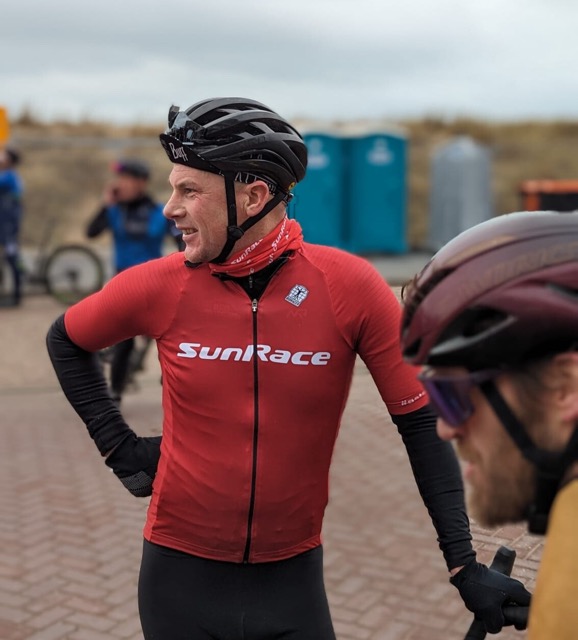
Beach racing: How you can master the sand
A rising biking discipline is beach racing! Especially in the fall and winter, bike fanatics take go out with their modified mountainbike to the shores of the Netherlands. In this blog we will tell you all the ins and outs of beach races and how you can prepare yourself to master the sand.
Beach racing: loved by many
Many say a beach race combines the best of both worlds: the technical challenge of a mountainbike trail and the speed and length of a regular tour. Well known races in the Netherlands are the GP Groot Egmond – Pier Egmond and Hoek van Holland – Den Helder. The latter is with its 135 kilometers the longest beach race in the world, although it got cancelled the past few years due to circumstances.
What kind of bike do you use to race?
Cycling on the beach brings its own challenges with it. Modifications to your bike are necessary to enjoy it and perform to the fullest. Here are the most important bullet points:
- Tires and wheels. Find out what kind of tires work well for both you and the beach. Make sure you have a bit of a wider tire with not too much tire profile and change your tire pressure to accustom the state of the sand. On harder sand it’s better to have a higher pressure, on softer sand it’s better to use lower pressure to make sure you don’t sink away into the sand.
- Front fork. Normally you’d use a suspension fork for a mountainbike, but in the case of a beach race this won’t be helpful. There will be few to no obstacles, and the suspension is sensitive to sand and salt. Use a fixed front fork to save a lot of weight on your bike!
- Extra gears. Sometimes it can be nice to have a wider range of gears at a beach race. With the wind pushing you forward, speeds of up to 60 km/h aren’t a strange concept. In this case it’s helpful to have a gear that can support this situation.
Training for a beach race
A race on the beach can be physically challenging. There’s a lot of resistance from the sand, the wind, and the cold, considering beach races are in fall or winter. A race can take 1 to 1,5 hours and there are a few technically challenging parts. The beach ascent and departure can be difficult because of the loose sand, and the changing of the wind direction also requires some tactical adjustment. Thankfully, these things are trainable! With interval training you can prepare for the prolonged effort that you will deliver here and by practicing on a beach nearby you can get used to the feeling of biking on sand. Practice makes perfect!
Upkeep of your bike
Before and after a race on the beach it is very important that you keep up with the maintenance of your bike. Before the race you can do this by making sure everything is properly greased to protect it against sand and salt water. After the race, completely clean your bike to get rid of any tarnish and grease it again. This way you can be certain that your bike stays in pristine condition, and you can effortlessly race on the beach!
SunRace helps
For a smooth beach ride, Sunrace is the place to be! We have tons of parts that can turn your mountainbike into a real beach bike. Think about our FlatTop-chain: a chain with a flat top that protects the gears and gives you a smooth power transfer. See all SunRace components on our website.